How Can 3d Printers Be Used In The Classroom?
3D printers are quickly becoming a tool for educators, allowing them to create interactive lessons that engage students. Educators can use 3d printers to make anything from measuring tapes, gears, and pulleys, or even an entire human heart!
There are many benefits of using this technology in the classroom including its low cost, ease of use, and accessibility.
Additionally, there are endless opportunities to integrate other STEM topics into your lesson plans when utilizing 3d printing.
If you’re looking for new ways to get your students excited about learning then give these ideas a try!
Related:
- Top 7 Best Dual Extruder 3d Printer Under $500
- Top 7 Best Filament For Lithophanes
- 7 Best Hairspray For 3d Printing
- Top 7 Best Direct Drive Extruder
- Top 7 Best Resin For 3d Printer
How can 3d printers be used in the classroom/school?
Students may use the library’s printers to analyze historical items. For instance, students can print out a 3d replica of a chess piece found in the British Museum, and determine how it works.
The student could research the object’s material and age to determine what might be its original purpose. The student would then create a hypothesis as to why this artifact was created and what its use may have been.
Students should be encouraged to use 3D printing as a tool for design and invention. They can explore different material types or create their own designs online and print them out. This will allow students to problem solve math and physics concepts in real life while also promoting creativity and critical thinking skills.
3D Printing provides a new way for students to problem-solve. The math and physics concepts that students learn in class can be applied directly to creating tangible objects, including structures and mechanisms. For example, a student could create a digital model of an object he/she has studied in science class and scale it to fit on a 3D Printer. This project would also require the student to use math and physics concepts such as surface area, circumference, and volume in order to design a functional object.
Not only does 3D printing provide students with an exciting experience, but it also offers them the chance to be creative and innovative. If a project can be altered and made more efficient through 3D printing, why not try?
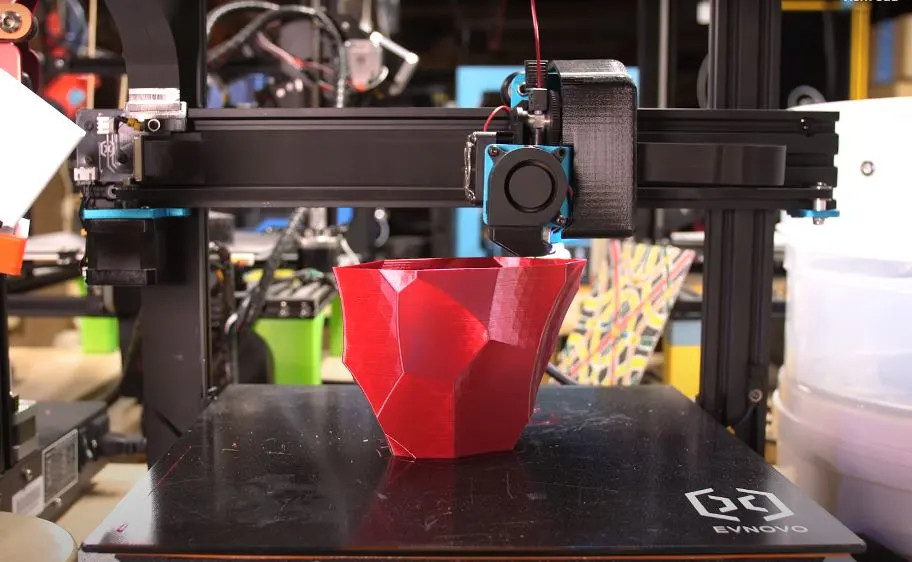
How Can 3d Printers Be Used In The Classroom? (Cre: makerbot)
Differentiate instruction
This new technology allows for differentiated instruction. Because of its ability to produce multiple, identical objects, students can express their creativity in numerous ways. For instance, a teacher may have one student create the model while another student creates the design. The project will yield two different results that are both unique to each other.
Teacher-created activity based on the art piece
With this technology at your disposal, there are endless possibilities for projects that can be created! In this activity, students will create a 3D model of the chess piece found in the British Museum.
Students will work together to complete the following:
1) Find an online image of the chess piece and determine its scale (the size of each side).
2) Measure key features on their own chess piece.
3) Choose suitable materials, color scheme, and scaling to fit on the printer. (Nauert)
This project will not only allow students to learn about 3D printing but also increase their understanding of history through design. Students can answer the following questions as they research this object:
1) What was its original purpose?
2) What materials were used to create it?
3) How was each material used in construction? (Nauert)
Students may find that the nature of the chess piece as a toy was never intended for use but as a display object. This activity allows students to experience history and explore their creativity. If your school has a 3D printer and this technology, you can hold an exhibition in your classroom or school showcasing student creativity.
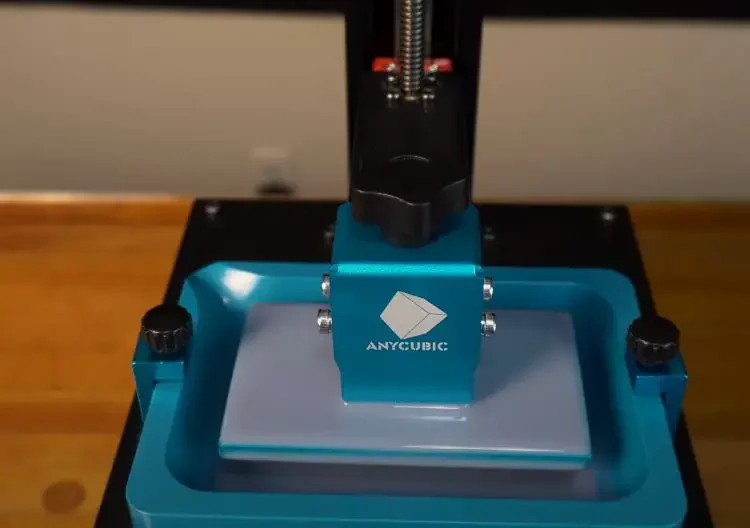
How Can 3d Printers Be Used In The Classroom? (Cre: resourced)
Engineering design students or architect students can print out prototypes for their designs
3D printing has been an exhilarating technology with an enormous amount of potential. It’s basically the beginning of a new age in manufacturing, and we’re just scratching the surface here.
That said, we’re finding ways to apply it to our everyday lives, even if that means simply getting a 3D printed toy for our cats. However, there are some other ways it can be used that are more meaningful. So here are three of them!
1. 3D Printing Makes Prototypes Easy
You’ve probably seen the pictures floating around the internet of people who print out toys for their cats or dogs. That’s all well and good, but this technology has a lot more potential than that. For example, engineering design students can print out prototypes for their designs and test them out to see if they’re actually feasible to manufacture.
This would be a lot more expensive and complicated with traditional prototyping methods like CNC milling or creating silicone molds.
2. You Can Print Out Models
This one is pretty self-explanatory, but you can actually print out models of pretty much anything. If you want to test out a new design for an iPhone case, build a 3D model and print it out!
Make sure the fit is right and check the weight and any other important factors. Also, if you have an idea for an object but don’t want to invest in the materials or time, you can just 3D model it and print it out. Maybe your cat could use a new toy?
3. You Can Print Out Scientific Tools
3D printing is great for tools in the scientific field where they’re used to make prototypes of their designs in order to test them out. Now, they can easily do this without wasting tons of materials and money.

How Can 3d Printers Be Used In The Classroom? (Cre: edtechmagazine)
Cooking students can create molds for food products.
There are lots of possibilities for how to create 3D molds for your cookie, chocolate, candy, or cake. We can offer you here some ideas and examples.
3D food printing is the process in which layers of different flavored edible materials are deposited on top of each other to build up a three-dimensional object. The first few layers look similar to a cake layer but have different flavors. The last layer is the “top” of the 3D printed object which may look like icing on a regular cake.
Geography students can print out topography, demographic, or population maps.
3D printing technology has been used to create topography maps of the Earth’s surface. These maps can be quite accurate, but they may also have a wide range of errors depending on what method is used to create the 3D model from space or aerial imagery. Some methods are very accurate, while others lead to map projections with severe distortions.
1. 3D printing has been used to create pop-up books.
The first printed pop-up book, 3D Pop-Up ABC by Eric Carl, was published in 2011. It is a three-dimensional alphabet book for children of all ages. You can print out this book at home using custom files on your computer or go to a local library and use their 3D printer for this project.
2. 3D printing can be used in the treatment of mental disorders.
For example: Using 3-dimensional printed models to improve insight and coping with obsessive-compulsive disorder (OCD) or schizophrenia, using virtual reality therapies for posttraumatic stress disorder (PTSD), and using a 3D printed model of a brain tumor to help patients understand their condition, prepare for surgery and improve compliance with follow-up care.
3. 3D printing has been used to create prosthetics, specifically hands.
The first full arm ever printed was built by Enabling the Future in collaboration with Richard van As from South Africa. A mechanical hand that costs just $50 is expected to give a child born without fingers the chance to live a more functional life.
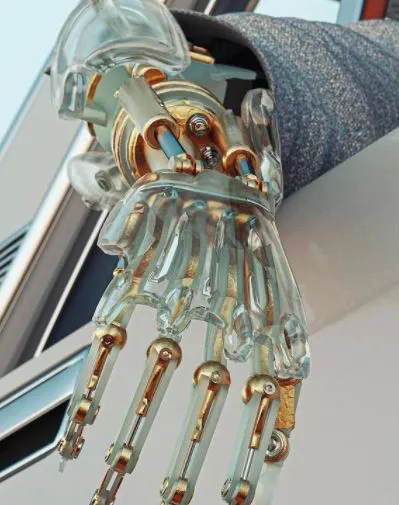
How Can 3d Printers Be Used In The Classroom? (Cre: makersempire)
4. 3D printing has been used for recreation and fun, such as 3D printed candy or toys.
You can print out candies with different flavors and shapes and create your own unique candy creations. For example, you can make custom chocolate molds for any special events like birthdays or weddings.
5. 3D printing has made it possible to recreate fossils of extinct species.
We can print the exact replica of the original fossil using 3D modeling software and carving it out using a 3D printer. The new replicas are very accurate and detailed, even the smallest crevices highlighted true-to-life.
6. 3D printing has been used to create prosthetic limbs.
The first full arm ever printed was built by Enabling the Future in collaboration with Richard van As from South Africa. A mechanical hand that costs just $50 is expected to give a child born without fingers the chance to live a more functional life.
7. 3D printing has been used for recreation and fun, such as 3D printed candy or toys.
You can print out candies with different flavors and shapes and create your own unique candy creations. For example, you can make custom chocolate molds for any special events like birthdays or weddings.
8. 3D printing has made it possible to recreate fossils of extinct species.
We can print the exact replica of the original fossil using 3D modeling software and carving it out using a 3D printer. The new replicas are very accurate and detailed, even the smallest crevices highlighted true-to-life.
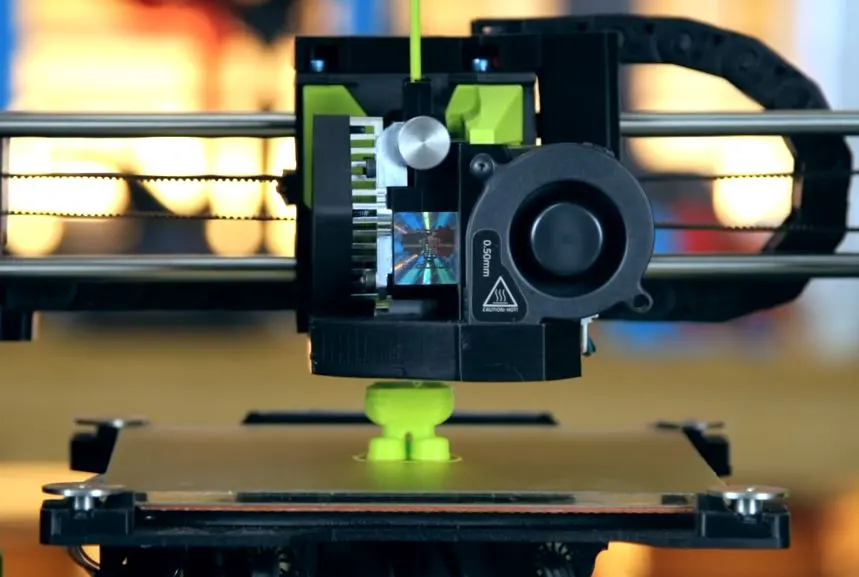
How Can 3d Printers Be Used In The Classroom? (Cre: 3dprinting)
Disadvantages of 3D printing in education (3d printer)
Limited Materials
While 3D Printing can create items in a selection of plastics and metals the available selection of raw materials is not exhaustive. This is due to the fact that not all metals or plastics can be temperature-controlled enough to allow 3D printing. In addition, many of these printable materials cannot be recycled and very few are food safe.
3D printing is related to rapid prototyping. You need to make a 3D digital model of your product using a CAD program, and the printer makes a physical model from powder or liquid by laying down thin layers one on top of another until the item is created.
In most cases, students have to use their imaginations with what they have.
In addition, 3D printers are still quite expensive. Some can cost upwards of $8000.00! Also, 3D printers require a lot of patience and tinkering to get them to print what you want. This requires a different kind of student who has the skills and patience for this technology.
3D printing takes time. Even with the best printers, it can take hours to print a relatively simple object.
Limitations of 3D printing technology
As with any new technology, there are limitations. One of the more common is ‘overhangs’, or places where one part of an object hangs over empty space. That’s ok for some products, but not for others. There are techniques to deal with this problem, but they can be complicated.
Another limitation is surface finish. Because the layers are so thin, the final product has a grainy appearance that shows up under certain kinds of light or when it’s handled a lot. Another issue is that many 3D printers have trouble with details smaller than about 1/10 inch.
For example, you wouldn’t want to attempt a figurine on a 3D printer, but it’s fine for making mechanical parts.
A limited number of students the teacher can work with
The number of students that a 3d pen can be shared among isn’t very large. In most cases, there are only two pens for a class of 30. This requires teachers and students to work in groups, which can often slow down the learning process.
Lacks real-world application
This technology is still very new it’s only been commercially available for about 5 years. Without decades of research, development, testing, etc., it’s hard to know what industry will really benefit from 3D printing. It’s also hard to assess what impact this technology might have on industry and society as a whole.
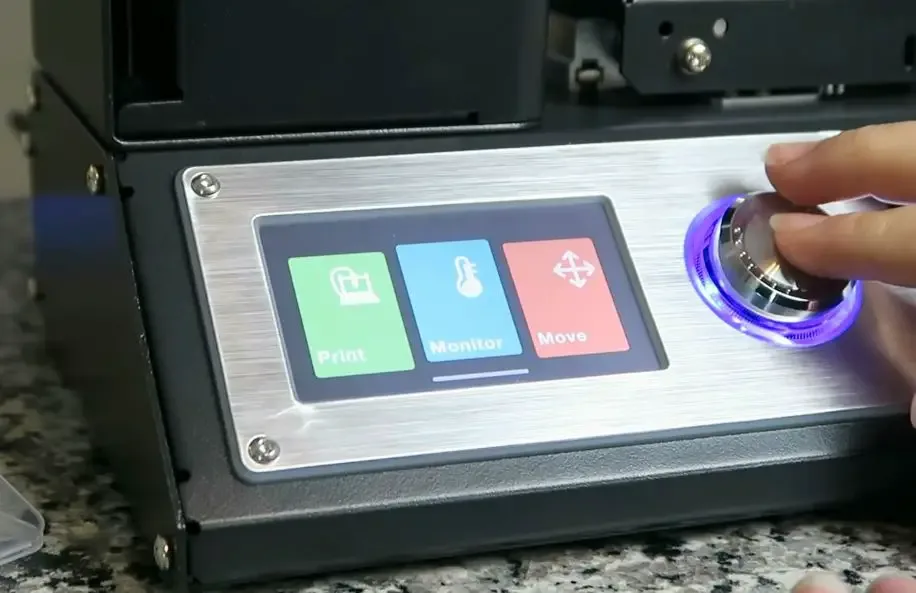
How Can 3d Printers Be Used In The Classroom? (Cre: teq)
For example (behavior)
3D pens allow students to create three-dimensional objects without the use of a printer, but is it a good idea? What about students who do not know how to draw? The pen does not precisely mimic the movements of the hand.
First, 3D pens are very expensive compared to traditional printers. The cheapest one is about $50 (Price of 3Doodler Start). On the other hand, an inkjet printer costs less than that and can print multi-layer items.
Second, unlike a traditional printer that has many different types of printing materials, 3D pens have limited materials to print with. Even the most affordable 3D pen on Amazon needs acetone for cooling down their extruded plastic on some occasions. The average price of one tube of acetone at Walmart is $7(Walmart). It means that you could buy an inkjet printer and use it continuously for a week without worrying about running out of ink.
Third, the 3D pen is not as convenient as a printer. It is impossible to quickly print out a homework assignment before going on a field trip or submit one’s work early because of the time it takes for the plastic filament to cool down and harden. In contrast, an inkjet printer can take a few minutes at most to print a document.
Lastly, 3D pens are not as versatile as printers. It is limited by the size of the object that can be created with it and has difficulty printing out complicated details. In contrast, an inkjet printer can adjust its printing resolution from draft mode to photo mode, which prints pictures much more clearly. It allows you to print out objects with 0.1 mm resolution, which is 0.6 times higher than the highest resolution of 3D pens at best!

How Can 3d Printers Be Used In The Classroom? (Cre: academicpartnerships)
There are many disadvantages that come with 3D printing technology.
Perhaps the biggest drawback is the sheer lack of materials to use for this type of technology. As stated in a previous argument, there are only a few types of materials that can be used with this type of technology. In some cases, you would have to order the material from overseas as well which drives up the price even more.
Another major drawback is the cost involved in using this technology on a widespread basis. Unless your business is big enough to invest in one of these machines, the cost to use this technology is always going to be too great. A 3D printer costs about $1500 on average and only increases with time as demand for higher quality materials increases.
The final drawback of this type of technology is the fact that it slows down the overall workflow due to its lack of versatility. There are 3D printers that can be used for a variety of needs, but unless you have the funds to invest in one of these printers this type of technology will never suffice.
Conclusion
With 3D printing in the classroom, students can take hands-on learning to a whole new level.
They’ll be able to create detailed designs and inventions that they may not have been able to do without these devices.
If you’re looking for ways to spice up your lesson plan, consider incorporating this technology into it!
This is one of many options we offer at our workshop – check out what else we’ve got going on if you want something different than just 3D printing instruction.
Let us know how we can help!
Further Reading:
- Top 7 Best 3d Printer For Board Games
- Top 7 Best Creality 3d Printers
- 7 Best Filaments For Ender 3
- Top 7 Best 3d Printer For Nylon
- Top 7 Best 3D Printer For Cosplay Armor
Tags: #Technician #Nozzle #Supplies #Filament #Bridge #Vented #Plastic #Medical #Classroom #Change #Image #Harmful
Tags: create interactive maps, complements the curriculum, classroom use, we do, classrooms, i, pages makerbot, form styles, sketch large, makerbot sketch, educational technology, empire, makers, share, strategies, solutions, schools, blog
